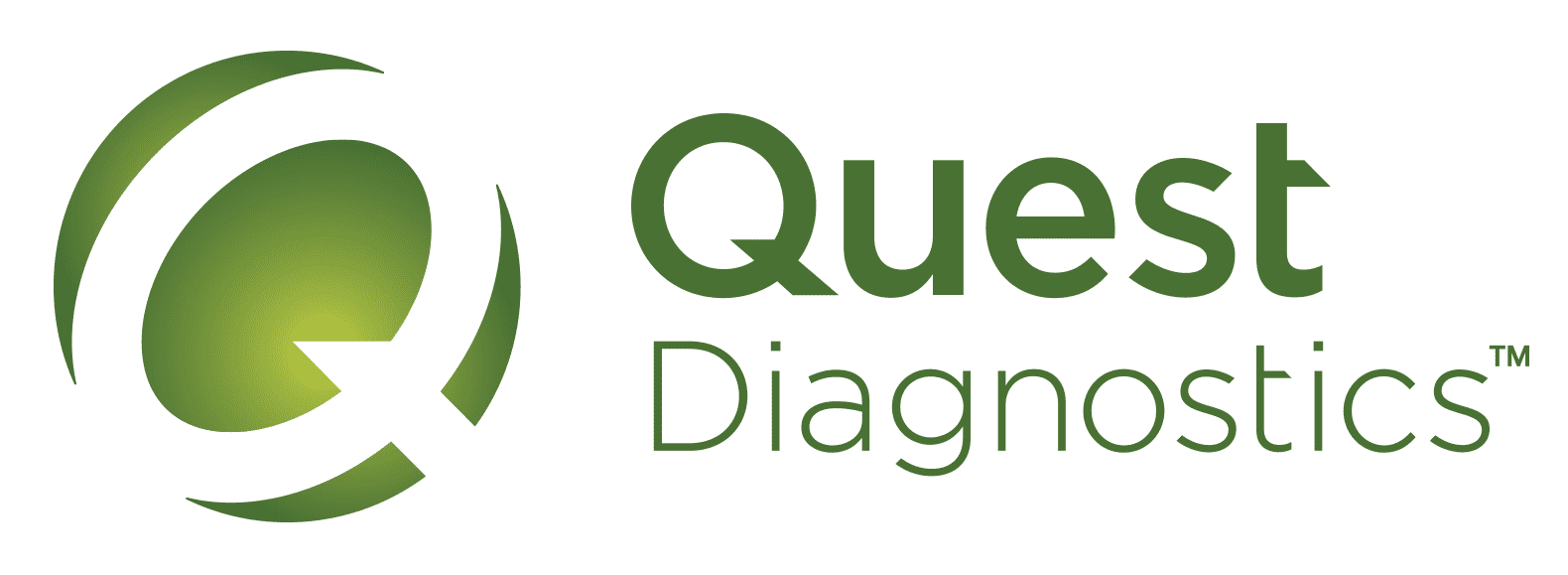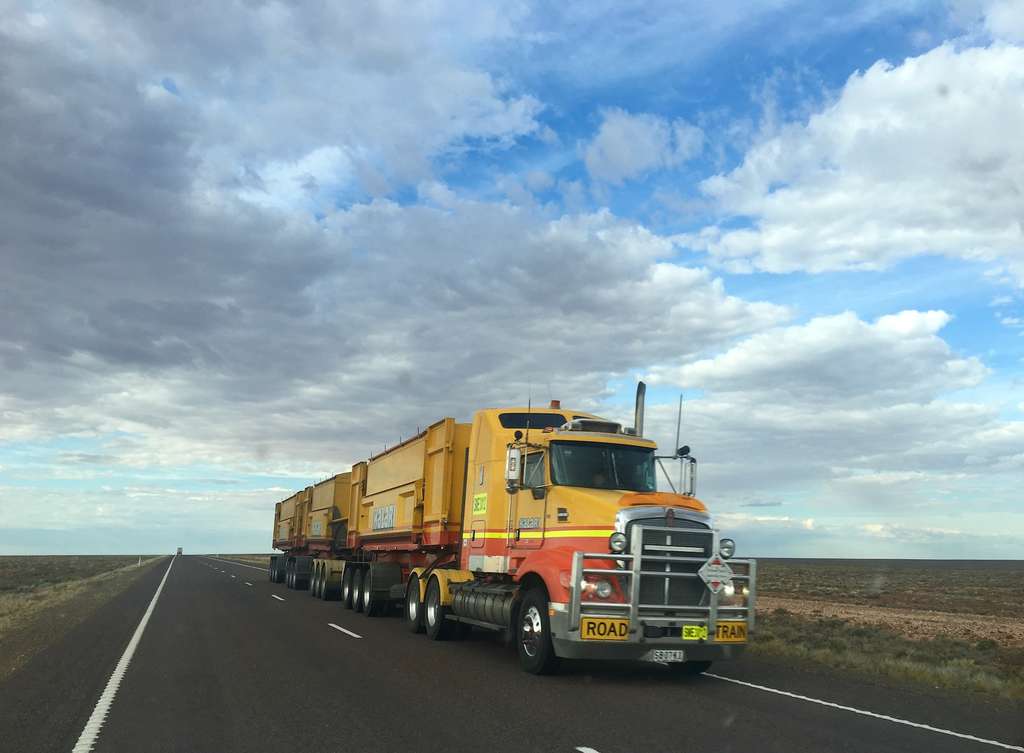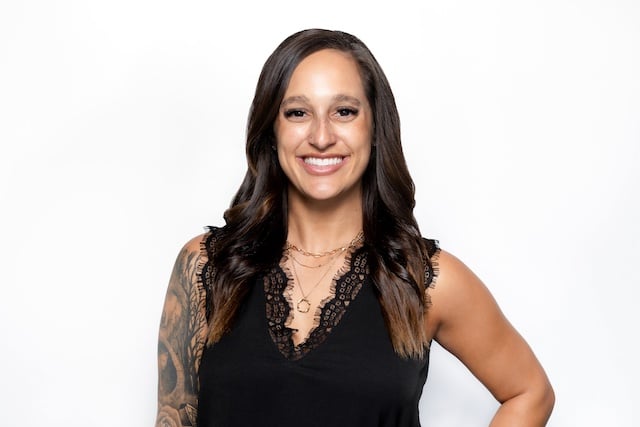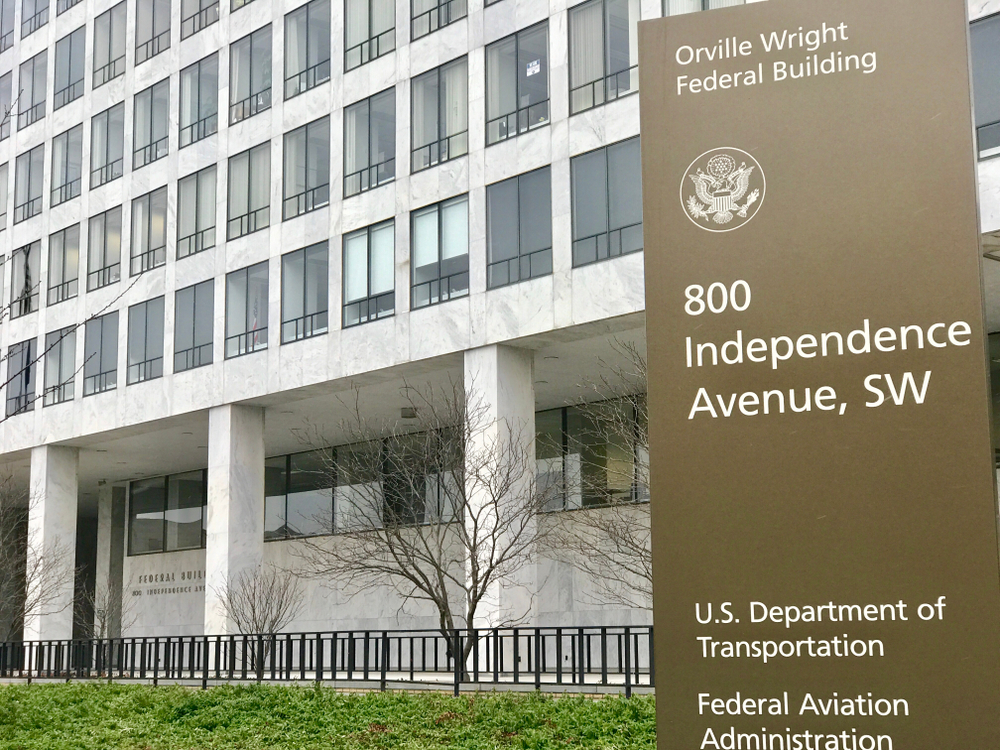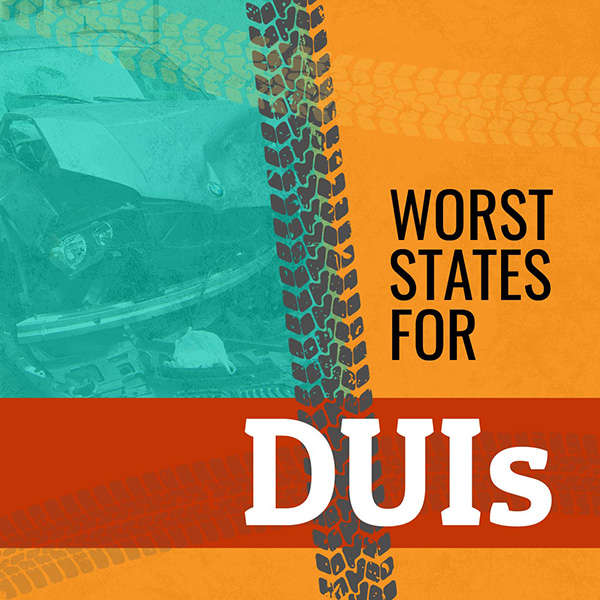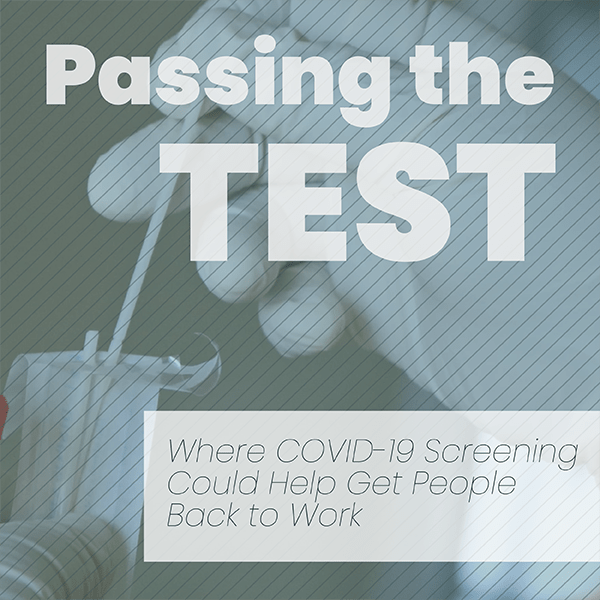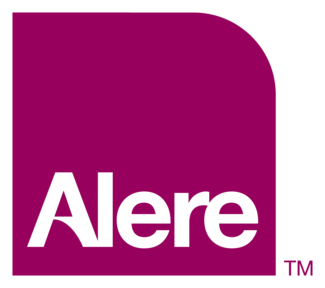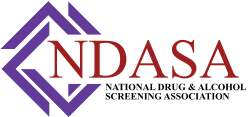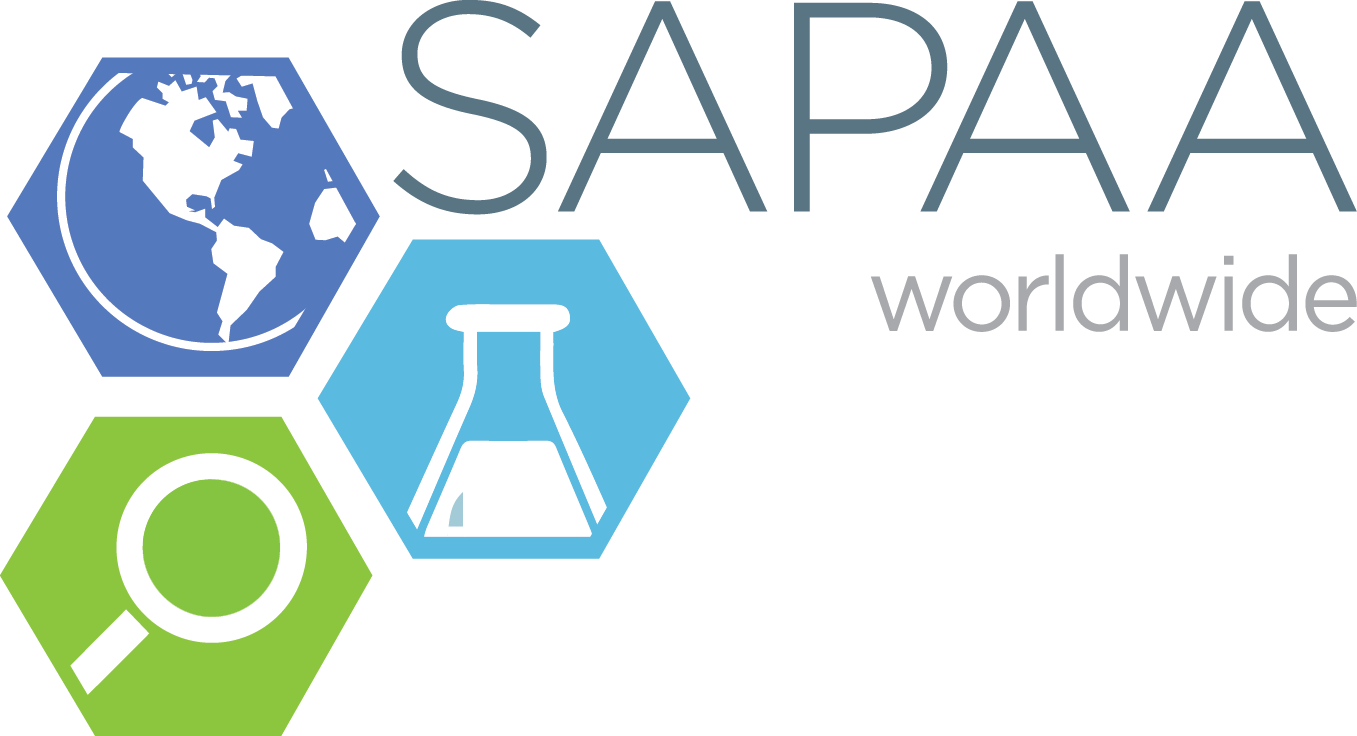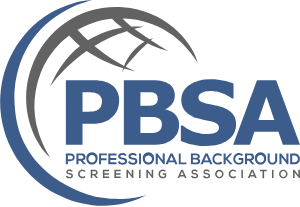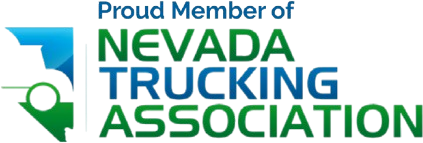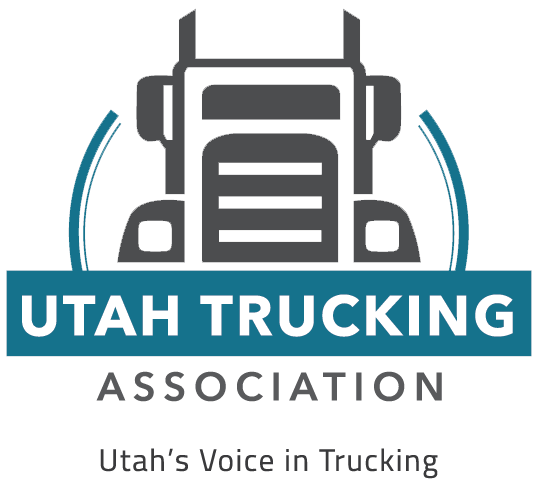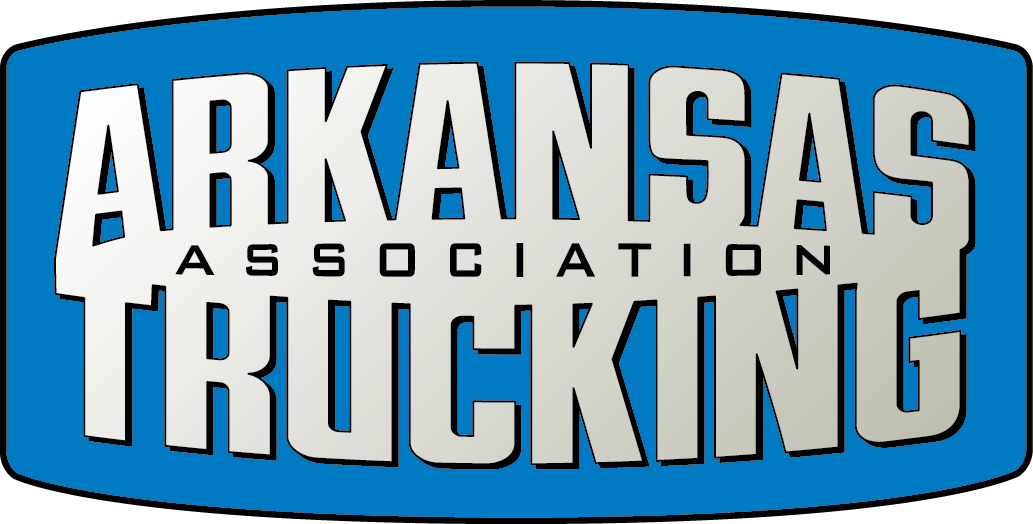US Drug Test Centers Blog
What is the DOT Clearinghouse? | US Drug Test Centers
Established by the Federal Motor Carrier Administration (FMCSA), the Clearinghouse is a web-based database that consolidates historical information on the results of the DOT's controlled substance and alcohol testing programs. These testing programs are undertaken by those with commercial driver's licenses (CDLs).
This database allows employers, both current and future, to know which drivers have failed or violated drug or alcohol testing programs. The records on the site are maintained for five years, or until the driver has accomplished the return-to-duty process, whichever is achieved later.
The Clearinghouse requires agencies and organizations under the jurisdiction of the DOT and FMCSA to report violations against the drug and alcohol regulations cited in 49 Code of Federal Regulations Parts 40 and 382, by all current and prospective employees. These agencies include:
- FMCSA-regulated employers
- Medical Review Officers (MROs)
- Substance Abuse Professionals (SAPs)
- Consortia or Third-Party Administrations (C/TPAs)
Using the Clearinghouse, employers are required to check their current and prospective employees for drug and alcohol violations before they can be allowed to operate a commercial motor vehicle on public roads. This must be done annually for each driver that is employed by the organization.
The Clearinghouse helps ensure that drivers who violate the drug and alcohol programs receive the appropriate evaluation and treatment, in line with the Department of Transportation's regulations, before they may be allowed to operate in a safety-sensitive position, in a commercial motor vehicle in public roads.
The Latest Updates on Clearinghouse
The new and improved Clearinghouse is centered around heightened safety. It's designed to close a loophole that has been around and exploited since the 1990s. In the past, employers tracked the results of drug and alcohol tests manually via paper records. In order for an employer to know if a candidate or prospective employee committed any testing infringements in recent years, they typically contacted the previous employers to inquire about drug and testing violations. This method was extremely time- and effort-intensive, and relied heavily on inconsistent variables (i.e., the accuracy of the previous employer's records, and the honesty of the candidate).
Considering the old process was prone to human error and manipulation, it was possible for the employees to hide violations by simply removing a previous employer from their resume. Here's a sample scenario: A driver working for Company A fails a drug and alcohol test, and their contract is terminated. When they apply to Company B, they don't disclose that they ever worked for Company A. So, A is never contacted by B for the driver’s testing history, and because there was no centralized database for all testing results, B does not find out that the driver had a recent testing violation.

Now, with the Clearinghouse available as an online database, employers and other authorized agencies have a single repository to report and review the violations of drivers holding commercial drivers' licenses (CDLs) and commercial learners' permits (CLPs).
The information that will be stored and accessible on FMCSA's Clearinghouse includes:
- Verified positive or substituted drug test results.
- Reports of no-shows, or a driver's refusal to undergo DOT testing.
- Verified positive alcohol test results above a 0.4 level.
- Driving-under-the-influence citations while operating a commercial motor vehicle.
- Driving-under-the-influence conviction while operating a commercial motor vehicle.
- Reports of actual knowledge of illegal use of alcohol or controlled substances by a CDL or CLP driver.
- Negative results for return-to-duty drug and/or alcohol testing.
- Records of compliance with follow-up drug and/or alcohol testing requirements.
What Does DOT Clearinghouse Mean for Employers?
Employers have specific responsibilities related to the Clearinghouse, including:
- Implementing a controlled substance and alcohol testing program that is compliant with FMCSA and DOT regulations.
- Requiring employed drivers that hold commercial driver's licenses or commercial driver's permits to undergo the aforementioned testing.
- Querying the Clearinghouse for the drug and alcohol testing histories of prospective and currently employed drivers.
- Reporting employer-determined refusals to test, positive alcohol test results above a 0.4 level, and actual knowledge of illegal use of alcohol or controlled substances by an employed CDL or CLP driver.
Moving forward, the Clearinghouse will eliminate the need for prospective employers to request the driver's employment history. It also replaces the process of manually inquiring about a candidate's testing violations from previous employers.
FMCSA Clearinghouse Requirements for Employers
- Registration
FMCSA-regulated organizations must register with the Clearinghouse immediately. The data will then consolidate the company's information using its unique USDOT number. This process is free of charge.
- Assign a Consortia or Third-Party Administrator (C/TPA)
After a company has been registered in the Clearinghouse, employers that have enlisted the assistance of one or more C/TPA must declare them in the system. This will enable the C/TPA to access the Clearinghouse database on the employer's behalf. Alternatively, the company can also register "assistants" or employees within the company who are assigned to access information within the company's Clearinghouse account.
- Pre-Employment Screening
An employer must run a detailed database query or "check" to identify if any candidates have recent drug or alcohol testing violations and ensure that potential employees do not have outstanding positive results.
- Annual Screening for Employees
FMCSA and DOT regulations require employers to run a limited database query on their currently employed drivers at least once in a rolling calendar year. This is to check if any of their current employees have existing information in the Clearinghouse (and therefore, may have a recent or outstanding violation). If any violation results appear, the employer must perform a detailed "full" database query to investigate further.
Additionally, employers must also comply with the following:
- Buy an FMCSA database query plan that best suits the organization's needs (one query credit required per every driver query that is conducted, limited or detailed "full").
- Ensure that the information on employee commercial driver's licenses is easily accessible in a driver file.
- Revise the hiring process to include securing candidates' consent to an initial detailed query on Clearinghouse.
- Report controlled substance and alcohol testing violations to the Clearinghouse, following DOT drug and alcohol testing regulations.
- Train assigned company representatives and safety officers on how to report "actual knowledge" of illicit drug and alcohol usage while operating a commercial motor vehicle.
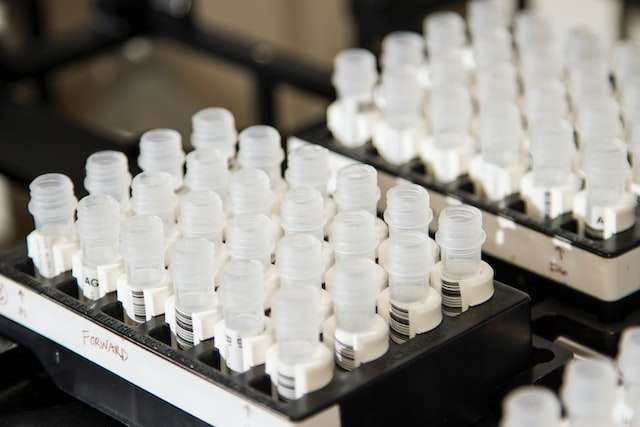
How to Enroll in DOT Clearinghouse with US Drug Test Centers
To enroll your company into Clearinghouse and designate US Drug Test Centers as your Consortium and/or Third-Party Administrator (C/TPA), follow these instructions:
- Visit https://www.usdrugtestcenters.com/enroll-dot-clearinghouse.html and click on the appropriate enrollment button — Company Enrollment or Owner-Operator Enrollment.
- After enrolling with US Drug Test Centers, register your company in the Clearinghouse.
- Once your company is enrolled in the Clearinghouse, select US Drug Test Centers as your C/TPA.
For more information on the DOT Clearinghouse, contact US Drug Test Centers today.

